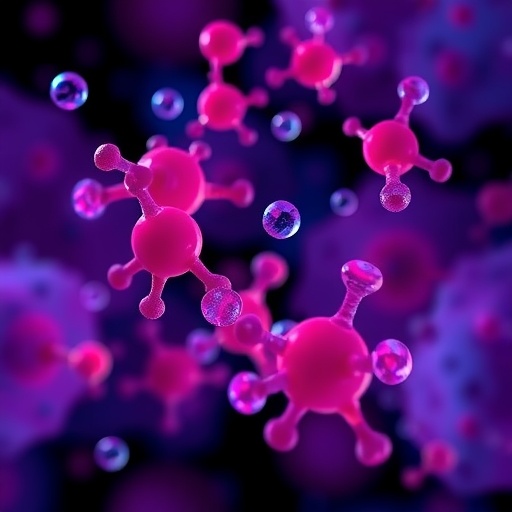ANN ARBOR–Most of the roughly 15.5 million cancer survivors in the U.S. receive chemotherapy, and roughly 65 percent develop some degree of the chemotherapy-induced nerve damage known as peripheral neuropathy.
Peripheral neuropathy simply means nerves outside of the brain and spinal cord are affected, and symptoms include numbness and tingling in extremities, and in about 30 percent of patients, pain. Neuropathy can drastically diminish quality of life–and in extreme cases, may necessitate chemotherapy dose reductions.
Unfortunately, neuropathy often goes underreported and untreated, said Ellen Lavoie Smith, associate professor at the University of Michigan School of Nursing. This happens because clinicians and researchers don't have a valid, standardized way to measure symptoms or the effectiveness of neuropathy treatments. Right now, the drug Cymbalta (duloxetine) is the only drug FDA-approved to treat painful neuropathy symptoms.
Some doctors and nurses ask patients about neuropathy, or whether they have symptoms of numbness and tingling, and others don't.
"If we don't have a reliable measurement tool, we can't know if the interventions are effective or not," Smith said. "Historically, it's possible that we've discounted treatments and said they are ineffective based on poor measurements."
Smith's lab wanted to find a better way to quantify neuropathy symptoms and treatment efficacy.
"The ultimate goal is to use a measurement tool in research and clinical settings that has been thoroughly tested and found to be reliable and valid. We believe we have that now," she said.
The neuropathy measurement tool Smith examined in her research is a questionnaire developed in Europe and owned by an international research network. It's a patient-reported outcome measure called the European Organisation for Research and Treatment of Cancer Quality of Life Questionnaire Chemotherapy-Induced Peripheral Neuropathy Scale (QLQ-CIPN20).37.
Findings suggest that with minor revisions, it could be universally adopted in both labs and doctors' offices to help researchers and clinicians quantify and treat this painful condition.
Six previous publications provide evidence supporting the tool's effectiveness. However, two studies provide conflicting evidence about the instrument's validity, and another study suggests that minor revisions could improve that.
Some researchers use the questionnaire now, but for a variety of reasons it's not used in the clinic with cancer patients, Smith said.
"The next step is for researchers worldwide to consider using the same tool, because then the results from one researcher can be compared directly with results from the next," she said.
###
Study 1 (in the journal Cancer Control)
Study 2 abstract (in the journal Cancer Nursing)
Media Contact
Laura Bailey
[email protected]
@umich
http://www.umich.edu/




